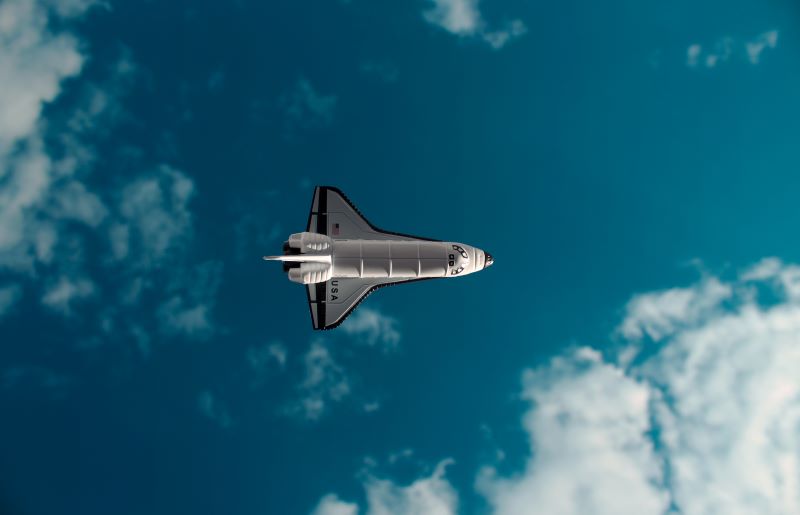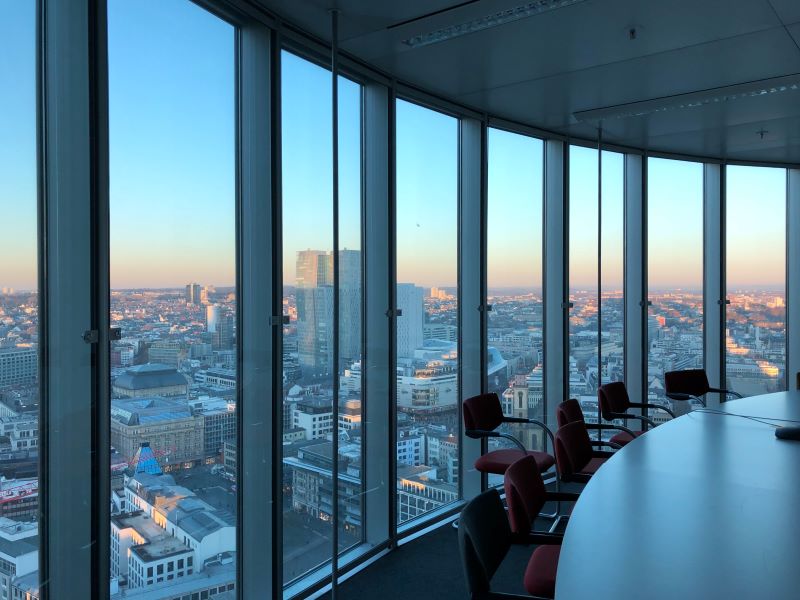The Air Force Research Laboratory Space Vehicles Directorate in collaboration with the Georgia Tech Research Institute, or GTRI, NASA and DuPont de Nemours, Inc., has a brand-new spacecraft materials experiment flying on the International Space Station, AFRL announced August 25.
A SpaceX cargo Dragon spacecraft delivered the experiment named 16 Materials International Space Station Experiment, or MISSE-16, to the ISS July 16, 2022. It consists of materials never before tested in space and was installed onto an ISS platform called the Materials International Space Station Flight Facility during a recent extravehicular activity, where it will remain collecting data for the next six months before returning to earth in early 2023 for analysis.
“AFRL and GTRI will then study the effects of space weather exposure on the collection of heritage and novel spacecraft materials,” said Ryan Hoffmann, AFRL MISSE-16 mission manager. “NASA has been a driving force in helping to determine what materials should be flown, as well as conducting some of the preflight material characterization. DuPont supplied many of the material samples, along with providing an in-depth knowledge of material composition and space utility.”
The project was conceived by AFRL, GTRI and NASA researchers, who submitted a proposal to the ISS U.S. National Laboratory and were awarded the experiment. In progress for two years, the experiment has more than 20 senior scientists at AFRL, GTRI and NASA and a few summer interns contributing to its development.
“A primary objective of AFRL is to use the real space weather exposure of the ISS to validate simulated space weather exposure of materials on the ground,” Hoffmann said, who runs AFRL’s Spacecraft Charging and Instrument Calibration Lab that uses several advanced, state-of-the art large vacuum chambers to test materials for use in space.
Dr. Elena Plis, a senior research engineer at the Electro-Optical Systems Laboratory/Georgia Tech Research Institute, is the lead and primary investigator for the MISSE-16 mission and directs the goals of the multi-institutional research team.
“We will investigate selected materials which show promise for aerospace, avionics and spacecraft applications in low-Earth orbit, which is a particularly harsh environment for spacecraft materials,” Plis said.
AFRL anticipates several important benefits for the U.S. Space Force resulting from this project will also be valuable to the space industry and the space enterprise in general.
“This project will help to provide an understanding of how a variety of novel materials react to the harsh space environment,” Hoffmann said. “If they are deemed suitable for flight, the properties of these materials will help to improve the reliability and sustainability on any space platform and mission that platform supports.”
Hoffmann explained for the first time ever, MISSE-16 will provide real-time data on how a material degrades in the space environment.
“These data will be used to design and validate ground-based testing methodologies so that new materials can be flown with higher confidence and reliability and a much lower cost,” he said. “This will lead to a more agile space enterprise that is able to take advantage of state-of-the-art materials rather than the current model of flying only materials that have flown before.”
Source: AFRL
Stay in the know with breaking news from across the IC and IC contracting landscape by becoming a paid subscriber to IC News. Your support makes our work possible.









